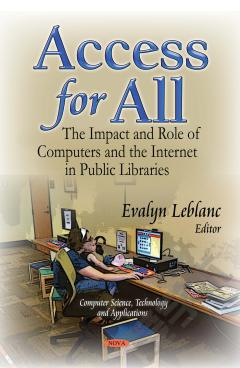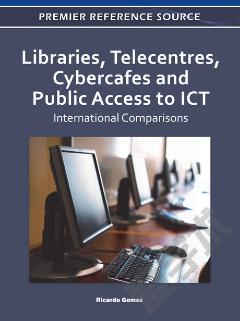Access for All: The Impact and Role of Computers and the Internet in Public Libraries
The rapid adoption of the Internet and computing technologies by all sectors of modern society has made them an indispensable part of our daily work and life. Access to these resources is taken for granted by public agencies providing services to the community, by those who conduct business and commerce, and by those who use them to stay current on public affairs and in touch with their families and friends on a daily basis. Yet not all individuals have consistent access to these resources. They may be unable to afford them, they may need basic training in how to use them, or they may be displaced from their normal access points. This book outlines research targeted at documenting, describing, and analyzing the impact internet and computers in public libraries have on the lives of individuals, families, and communities. It describes the characteristics of people who use public access computers and Internet connections, the types of use they engage in, and the impact that use has on their own lives, that of their families and friends, and the communities they live in. The book then continues to examine the effect of library characteristics and policies on public access computing use and impact, as a first step toward helping libraries understand how some of their services may be affecting the overall success of their efforts in providing public access services to their communities.
{{comment.content}}








 京公网安备 11010802027623号
京公网安备 11010802027623号